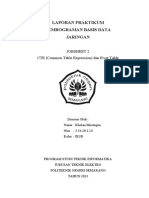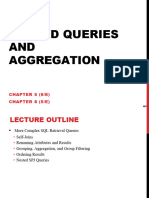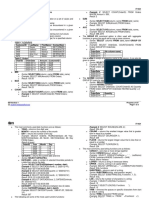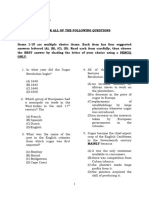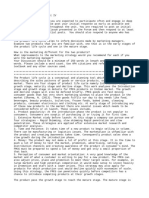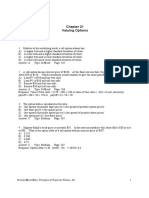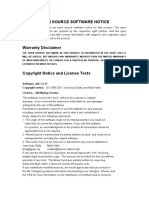0% found this document useful (0 votes)
18 views10 pagesJ 1 SQL
The document is a journal entry by student Chityala Saikumar for the Advanced SQL course, detailing the submission of Journal - 1 on January 26, 2025. It covers complex SQL concepts such as various types of joins, recursive queries with Common Table Expressions (CTEs), window functions, and aggregate functions, along with their definitions, characteristics, use cases, and practical applications. The student expresses a mix of challenge and satisfaction in mastering these advanced SQL queries, emphasizing their importance in data analysis and decision-making.
Uploaded by
kumarraj93895Copyright
© © All Rights Reserved
We take content rights seriously. If you suspect this is your content, claim it here.
Available Formats
Download as PDF, TXT or read online on Scribd
0% found this document useful (0 votes)
18 views10 pagesJ 1 SQL
The document is a journal entry by student Chityala Saikumar for the Advanced SQL course, detailing the submission of Journal - 1 on January 26, 2025. It covers complex SQL concepts such as various types of joins, recursive queries with Common Table Expressions (CTEs), window functions, and aggregate functions, along with their definitions, characteristics, use cases, and practical applications. The student expresses a mix of challenge and satisfaction in mastering these advanced SQL queries, emphasizing their importance in data analysis and decision-making.
Uploaded by
kumarraj93895Copyright
© © All Rights Reserved
We take content rights seriously. If you suspect this is your content, claim it here.
Available Formats
Download as PDF, TXT or read online on Scribd
/ 10
































